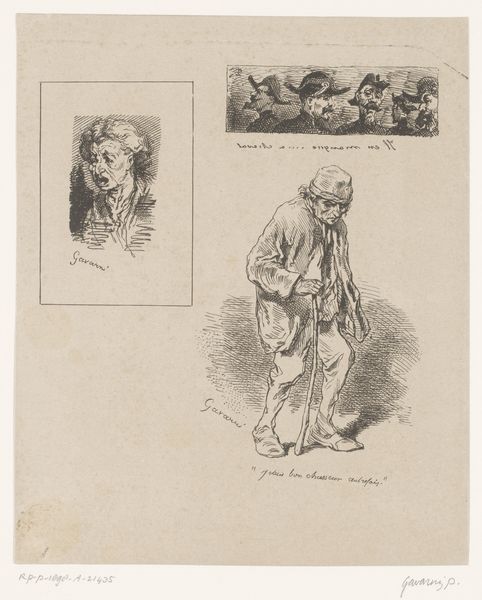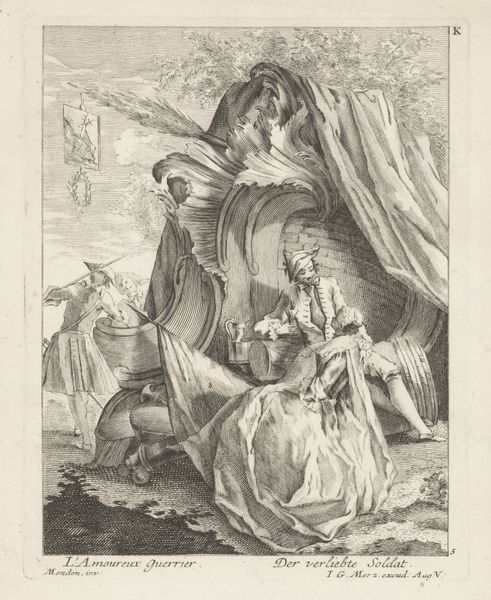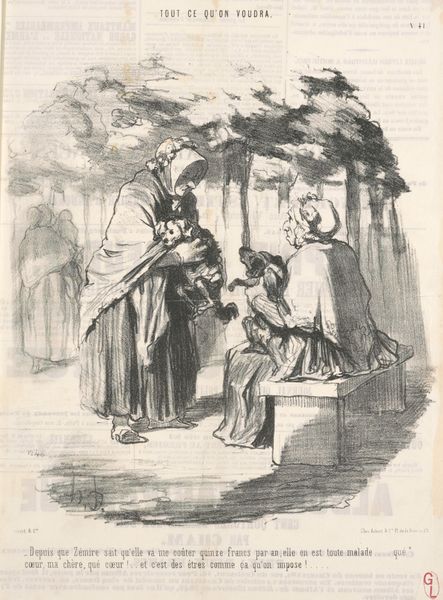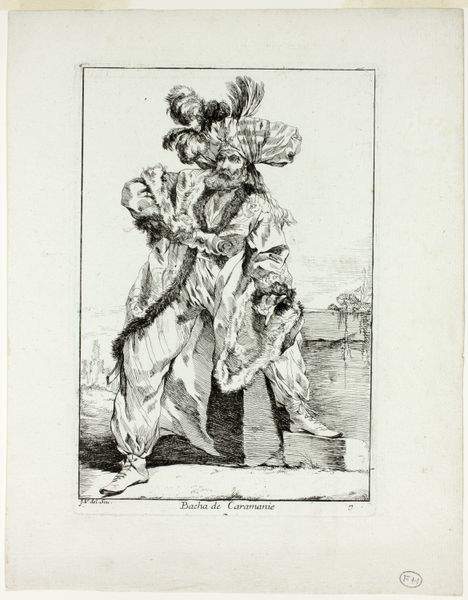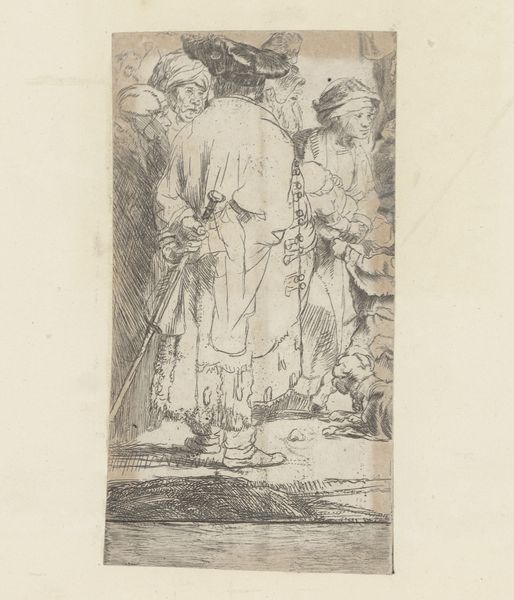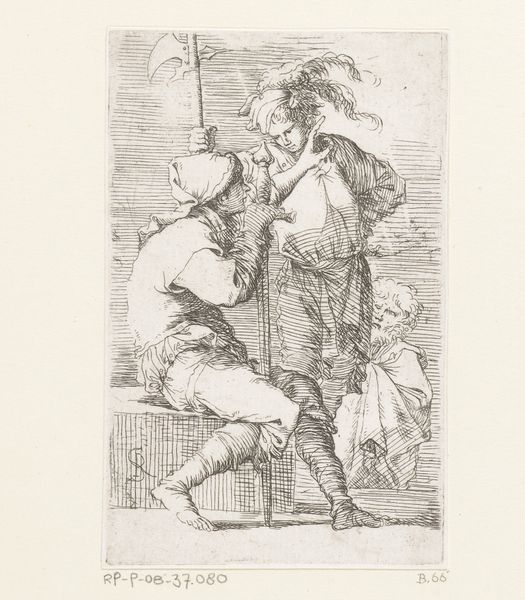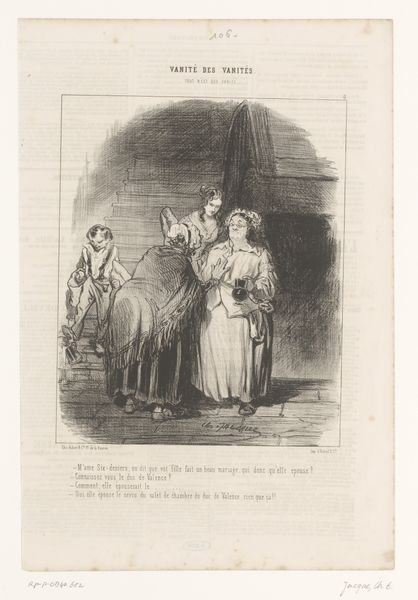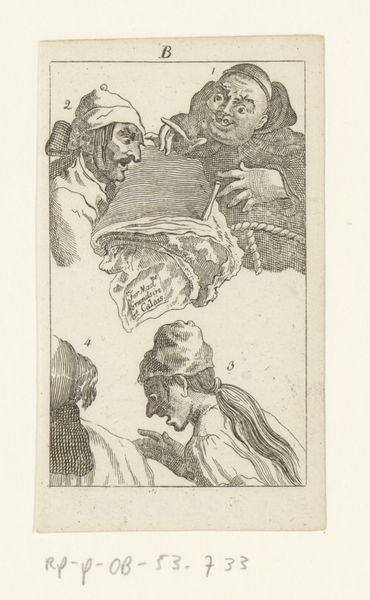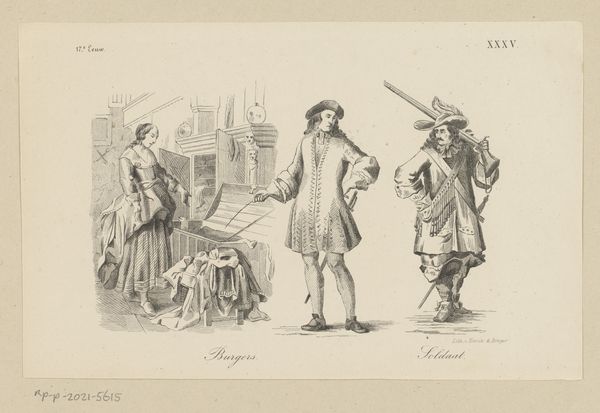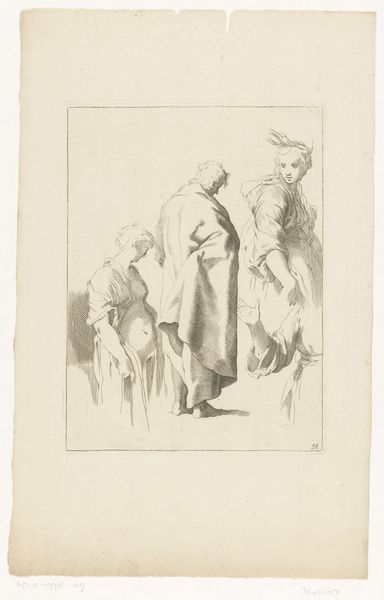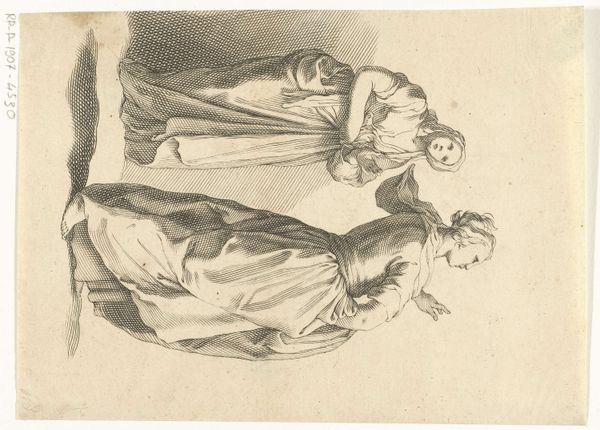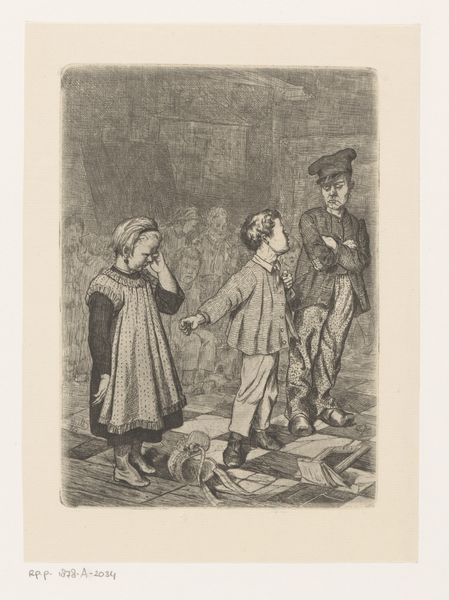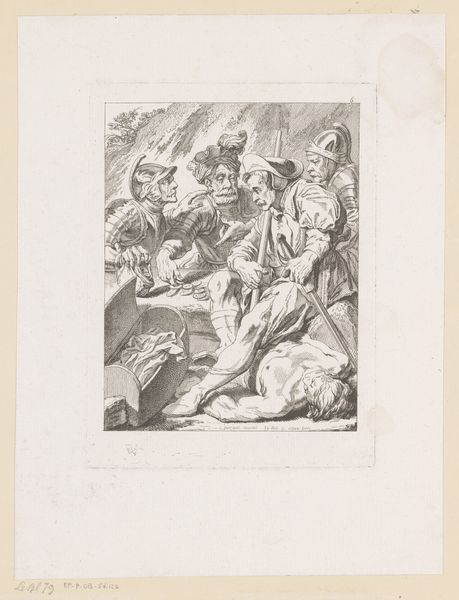
Fragments choisis dans les Peintures et les tableaux les plus intéressants des palais et des églises de l'Italie (Fragments chosen from the most interesting paintings and canvases of the palaces and churches of Italy) 1767 - 1775
0:00
0:00
Dimensions: book (volume closed): 27.7 × 20.7 × 3.5 cm (10 7/8 × 8 1/8 × 1 3/8 in.)
Copyright: National Gallery of Art: CC0 1.0
Curator: Welcome. We’re looking at "Fragments choisis dans les Peintures et les tableaux les plus intéressants des palais et des églises de l'Italie," or "Fragments chosen from the most interesting paintings and canvases of the palaces and churches of Italy," by Jean Claude Richard, Abbé de Saint-Non, made between 1767 and 1775. Editor: Immediately, I'm struck by the stark contrast created with ink on paper. There's a fascinating dance of light and shadow that almost feels theatrical, despite the relatively simple medium. Curator: It is quite arresting. This print, utilizing drawing and etching techniques, demonstrates the Abbé de Saint-Non's interest in documenting and disseminating Italian art and culture throughout Europe. Editor: Tell me more about the figures depicted. Their clothing and turbans immediately bring the "Orient" to mind, however cliché. Curator: Indeed. This piece embodies a strain of Orientalism that was fashionable in Rococo art. The Abbé, along with other artists, participated in the "Voyage Pittoresque," documenting Italian art while also indulging in fantasies about the East. Their garments denote otherness through sweeping, draped fabrics that look light, and turbans signifying the wearers. Editor: Fascinating! It's all suggestion. Consider the figures. One wears what appears to be a ceremonial dagger, implying a narrative, perhaps of power, yet the artist offers no concrete details. I do enjoy the expressive qualities, specifically the way he depicts the eyes, hinting at distinct personalities and psychological depth. Curator: Precisely. Saint-Non isn't simply creating a record; he’s composing visual intrigue, catering to European fascination with foreign cultures. Editor: Do you find that this approach flattens, if not erases cultural complexity, in favor of surface-level aesthetics? I'm conflicted—attracted to its graphic quality, and bothered by the underlying social implications. Curator: These images undoubtedly participate in broader patterns of cultural representation, but by grappling with pieces like these, and teasing out their layered meanings, we can become more aware of historical modes of perception. Editor: Absolutely. Thinking about these works helps us reveal art’s function in shaping, as much as in mirroring society. Curator: And aesthetically speaking, it highlights the expressive capabilities of line and form in conveying both image and narrative.
Comments
No comments
Be the first to comment and join the conversation on the ultimate creative platform.
